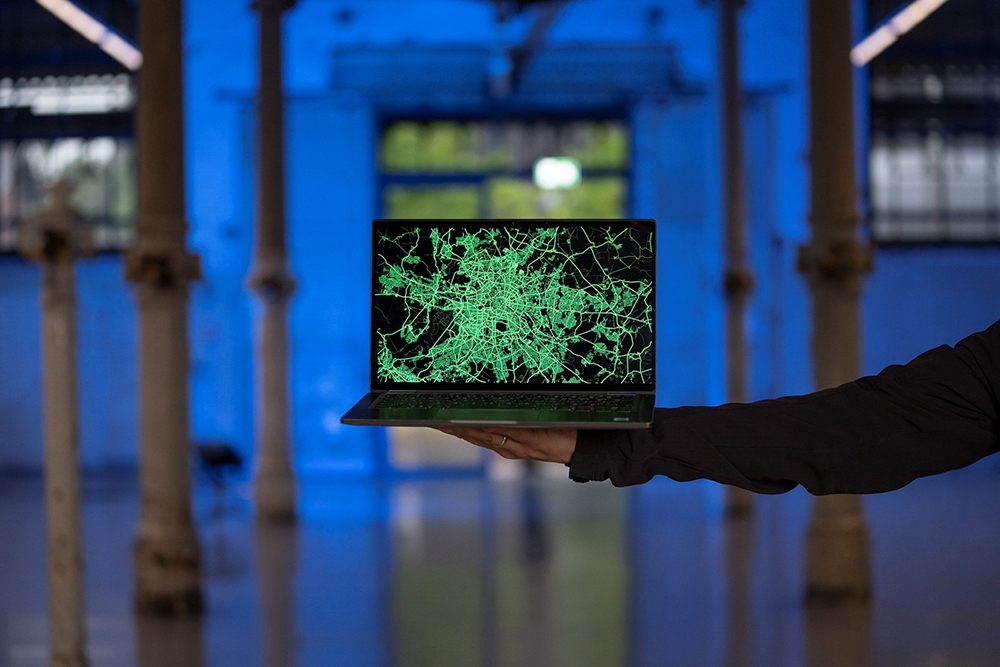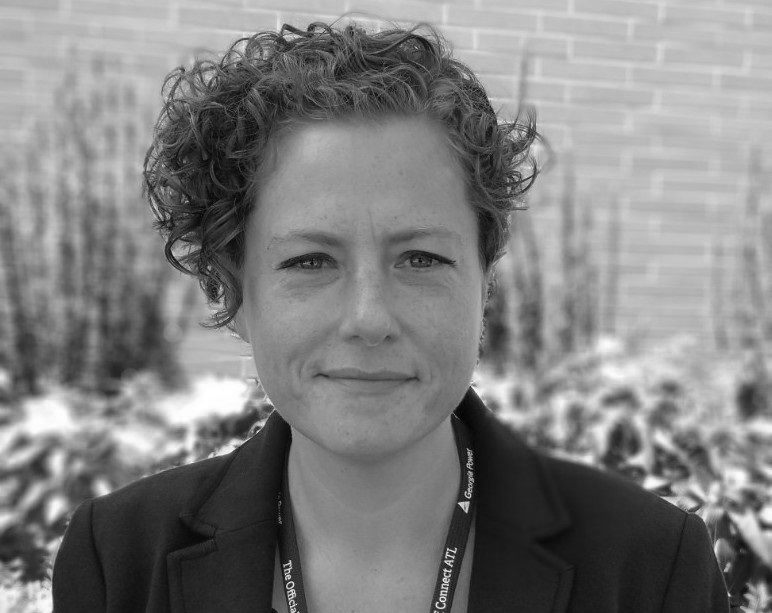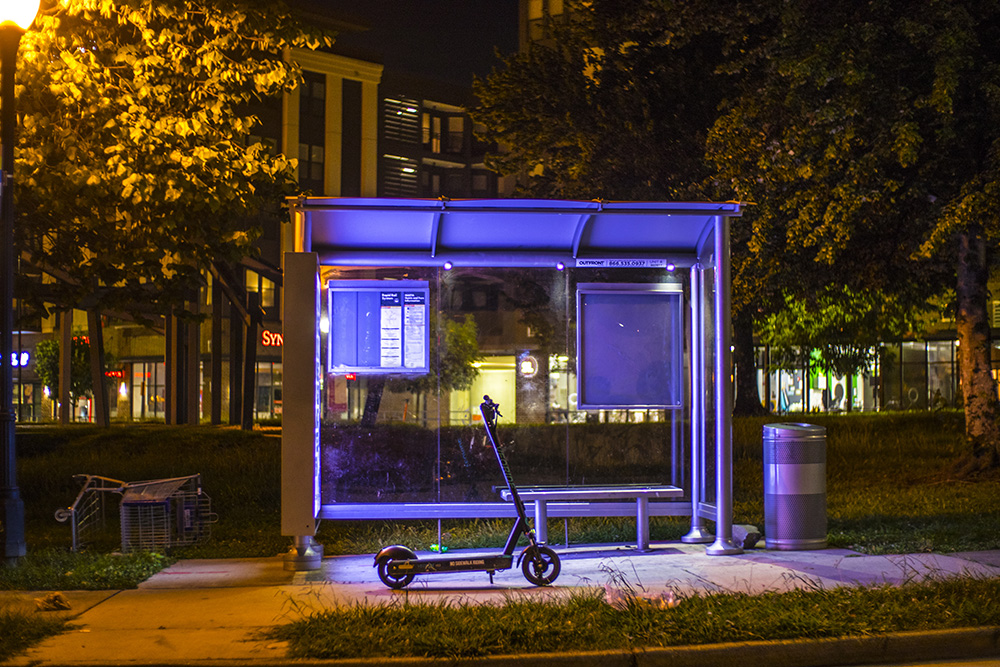
Demand-responsive transport (DRT), Mobility on Demand (MoD), microtransit and paratransit are just a small selection of the terms currently in circulation to describe a shared transport mode that does not run on fixed lines, but instead connects and adjusts the mobility solution on offer (the transport service itself) to the demand in real time.
Although the concept of demand-responsive transport is not entirely new, over the last few years it has seen a sharp rise in popularity, largely due to a combination of technological advances and users’ growing digital confidence.
The increased need for a more flexible service, accelerated by Covid-19 disruption, has contributed to the implementation of mobility schemes other than those that operate along traditional fixed routes.
Among the mobility options that have arisen subsequently, DRT has been one of the most widely adopted. If correctly implemented, communicated to passengers and integrated into the broader public transport framework, DRT brings with it numerous benefits and has all the credentials to shape the mobility landscape of the future.
As is the case with any transport or mobility model there are opportunities, advantages and challenges associated with DRT.
Advantages of DRT Coverage
DRT typically covers geographic areas and/or hours during the day in which a fixed-line offering would be too costly to maintain. Implementing a DRT scheme means working towards transport efficiency, cost savings and increasing occupancy rates.
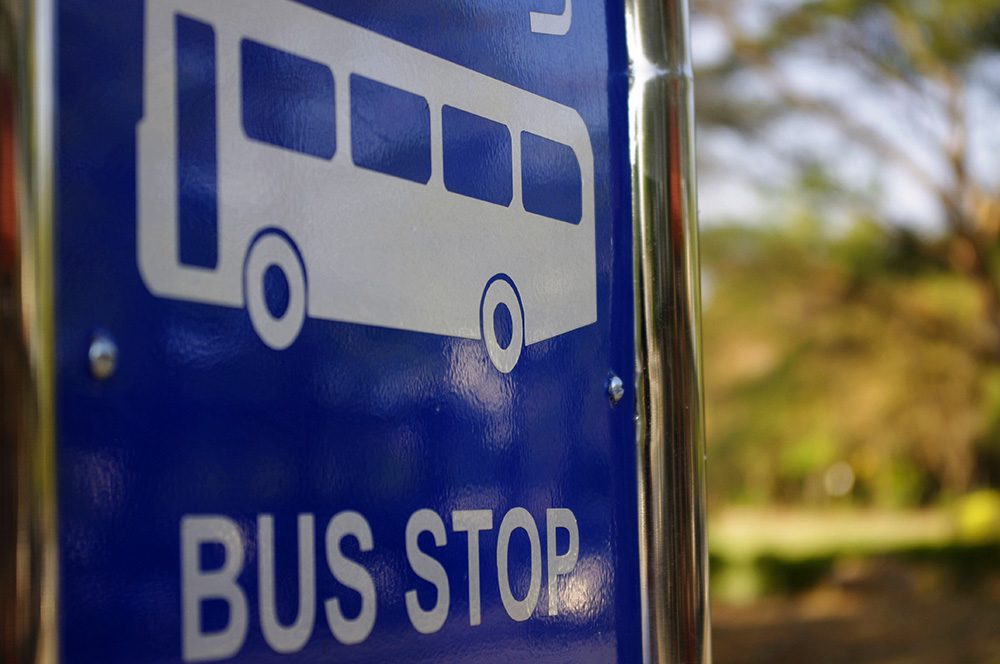
This happens because a flexible service enables the coverage of larger areas (instead of serving solely an area with predefined stops) and more passengers who typically do not benefit from fixed lines because pre-defined stops are too far away or are difficult to access for a variety of reasons.
The basic idea behind DRT is that you have fixed lines that run every day at the same time, but of course there are times when buses might run with two people on board - which is really inefficient. What DRT does is make it more efficient by trying to combine when there is actual demand with connecting the mobility mode on offer so that you do not have empty buses running: i.e. you have buses running only when there is the need for them.
The key to DRT is knowing the levels of demand in advance and adjusting the transport modes on offer accordingly.
Inclusivity
DRT boosts inclusiveness because it also provides services to those people that cannot rely on fixed-line services because of barriers to accessing public transport modes. This is especially true for elderly people or those with particular mobility needs.
In these cases it is often very difficult, if not impossible, to benefit from traditional public transport modes. This could be because of the prohibitive distance of bus stops from homes – or because some buses are not properly equipped for wheelchairs or mobility scooters.
Travellers with such special needs often cannot rely on, and in many cases do not own, a private car.
Shifting the narrative
By covering larger areas and offering a flexible service where fixed-line routes have traditionally been weak, DRT - if properly integrated - strengthens traditional public transport. People who were forced to rely on private cars or to stay at home because of the limited shared mobility options in the vicinity can benefit from DRT to reach a larger mobility hub from where they can move freely.
DRT contributes to modal shift and therefore helps achieve environmental targets, incentivising the widely held utopian concept of greener mobility.
In order for this to happen, DRT needs to be included in a wider mobility scheme and be deeply integrated with fixed-line routes to get the most out of the different mobility options.
Matching demand…
As an example of demand matching, a DRT scheme would see transport operators in a city hosting a Uefa Champions League soccer semi-final knowing in advance the likely attendance and the potential for tens of thousands of people (many unfamiliar with the city) needing late-night transport options.
On a typical Wednesday evening there might be two buses per hour which stop near the stadium. But on a Champions League Wednesday you don’t need to rely on crowd-sourced data to know how many more buses, or taxis, to provide.
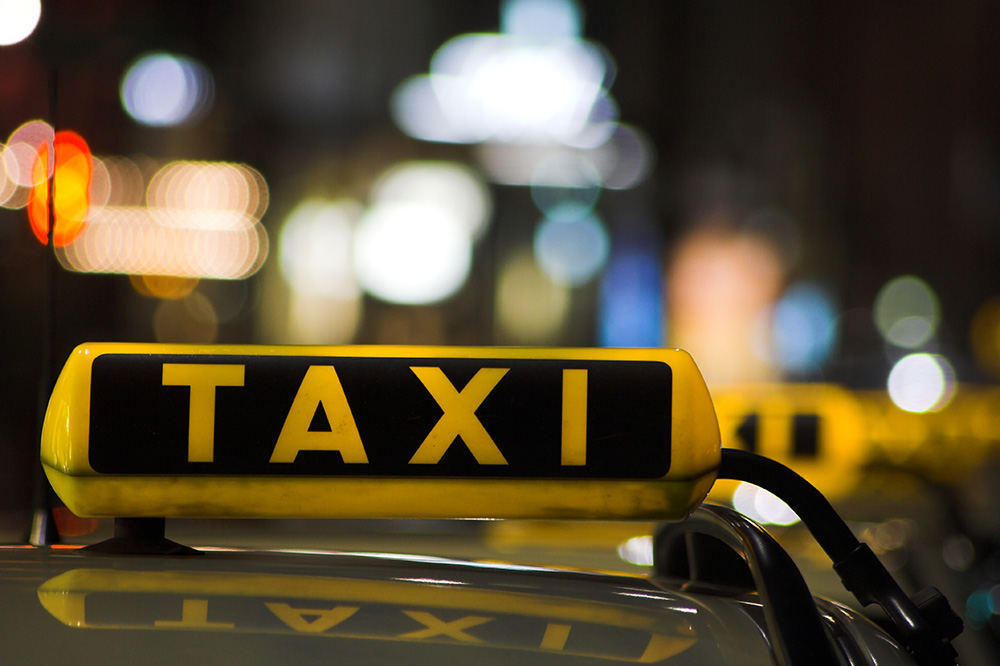
With DRT you have the real demand for transport on that specific night the match is being played and you adjust and increase the mobility offer accordingly. If you need to send one bus more you send it, and if you need to send 10 buses or 20 taxis more you send them – but the key thing is you know about it in advance. A DRT scheme means that this extra demand doesn’t come as an unwelcome surprise.
…Meeting demand
Another advantage is that full integration between DRT and public transport (including shared mobility and micromobility modes) avoids an unjustified increase in costs, saves effort and improves the ridership experience. It exploits the intrinsic ability of on-demand mobility to act as a feeder service of the transport network itself.
Effective intermodality enables full-scale Mobility as a Service (MaaS), which aims to tailor the mobility options available to the needs of passengers to provide freedom of movement. However, at the same time MaaS seeks to streamline the mobility scenario in a holistic way, accentuating the fundamental building blocks of the present and achieving the goals of future mobility.
So, if DRT brings with it all these advantages, why do some transportation agencies fall short in their efforts to implement this scheme, with projects being discontinued after a few months of operation?
Challenges
A deeper understanding
If it is going to succeed – just like every other mobility scheme anywhere in the world – a DRT offering must be firmly rooted in the needs of the people who are going to use it. The path to a mobility paradise is littered with ‘solutions’ that were created without ever fully understanding the problems they were designed to alleviate.
Gauging the pressing needs of the travelling public is usually carried out via surveys or by analysing historical mobility demands. This is a time-consuming process and as a consequence is often disregarded by transport operators looking for a quick fix. Understanding what creates value for passengers, however, helps shape the transport offering correctly and secures the long-term sustainability of the implementation.
Plan accordingly
Once the users’ needs are clearly understood, a second key step is to decide where it makes sense to substitute or complement with DRT a traditional fixed-line service - and where the latter just has to be strengthened without changing the structure of the mobility scheme. This often involves a deep study of the geographical area, the movement patterns within it and how the mobility offer can best respond to demands.
Recognise the value
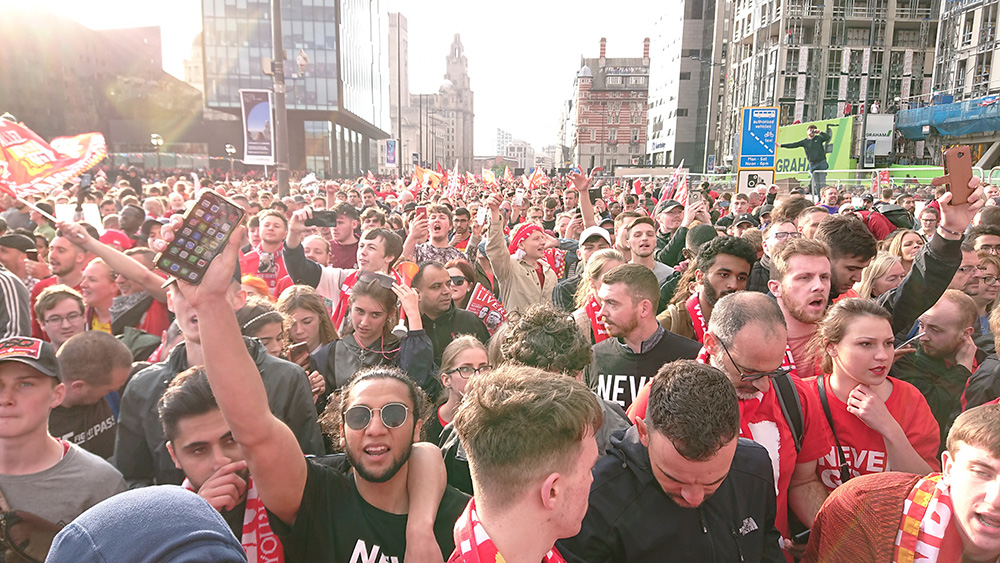
The importance of communication cannot be underestimated. Change is often met with resistance and brings uncertainties. It needs to be clearly and effectively communicated to help people see its value. Those living in areas where a fixed-line service has been replaced by DRT may be sceptical about its benefits - but intelligent communication will help them understand that the flexibility given by DRT actually increases their freedom of movement. This is the turning point where travellers feel confident in the new mobility scheme and ultimately defines the success of a DRT project.
Avoid duplication
Travellers are inevitably going to have two separate apps (one for the DRT and one for public transport) or several more if we include shared mobility and micromobility. This can lead to confusion and poor user experience, both of which go against the mission to make life easier for all passengers. Riders may lose confidence in their ability to use the technology and this will ultimately hinder – or at worst even prohibit - adoption.
Integration is key to success
The design of public and shared mobility solutions cannot be the result of top-down decisions but must follow a bottom-up approach. Needs are not static but evolve over time, and from user to user. For this reason, DRT schemes need to be integrated into the broader public transport narrative and, consequently, the broader public transport network offering, in order to be successful.
If this does not happen, the risk is that transport operators’ management staff will have challenges to effectively manage and govern their operation and successfully deliver the overall mobility scenario for their organisation.
Public administrations subsidising the mobility ecosystem with taxpayers’ money are going to suffer duplication of unnecessary costs to support both public transport and potentially unnecessary DRT services and vice versa. The solution cannot be to think about a user with their DRT app booking a door-to-door service while completely ignoring that, potentially, a fixed-line bus route is just around the corner and would, in fact, perfectly serve their needs.
 Flexibility means being open to third-party systems. Being able to feature DRT, as well as other shared-ride and microtransit services, into a wider mobility network is key to implementing a future-proof scheme in which people are genuinely free to move - and can do so in an economically and environmentally sustainable way.
Flexibility means being open to third-party systems. Being able to feature DRT, as well as other shared-ride and microtransit services, into a wider mobility network is key to implementing a future-proof scheme in which people are genuinely free to move - and can do so in an economically and environmentally sustainable way.
About the Author:
Elena Ziller is sales and marketing manager at OpenMove, a MaaS and ITS software provider based in Roveretto, Italy




